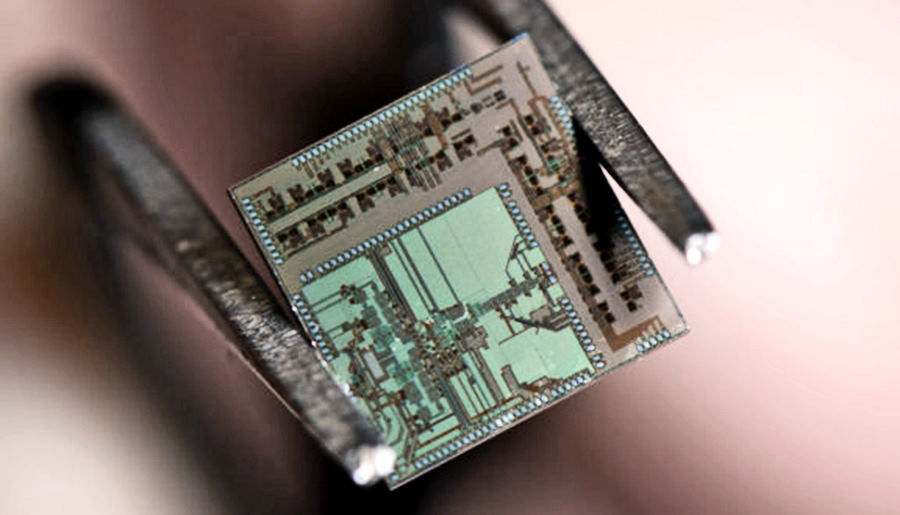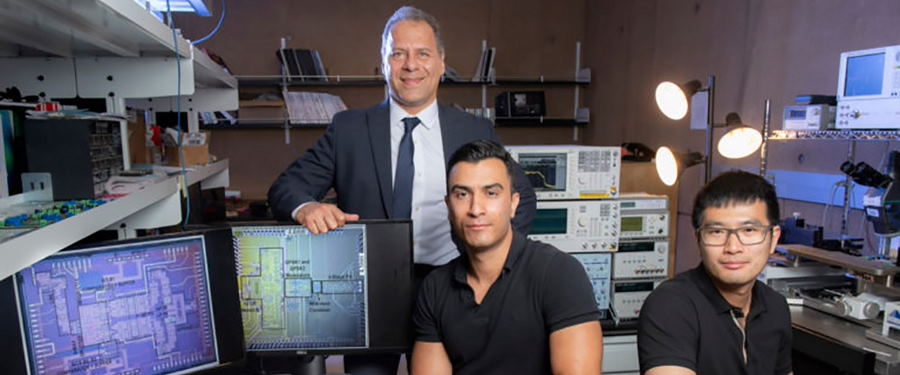
Typically, most people's attention is focused on those events that are covered by major media, about which
Speed of light

University of California groupResearchers have developed a new generation data transmission device, which is a transceiver capable of processing signals much faster than everything that now exists, while its work is many times more efficient. But the most important feature of this chip is that its data transfer rate is extremely high, when compared with the latest network of the fifth generation, the new product is faster by two orders of magnitude, or a hundred times. And in the process of working at such speeds, the chip consumes much less energy compared to its counterparts.
The basis of the new development is a special digitalarchitecture, which allowed to overstep the physical limitations of modern chips (in size and efficiency). The operating frequency of the transceiver is 100 gigahertz and above. Such a range has only recently become available for development, before that they were closed by US regulators. This is the first device in the world that works with communication at such frequencies. 5G has a maximum ceiling of 38 GHz (and an average of 30). Such high-frequency devices will be indispensable for the Internet of things, for autonomous cars and the development of wireless technology in general.
Smart lens with zoom

Meanwhile, University of Californiapresented his development in the face of a robotic (smart) lens. The device analyzes the electrical activity of the human eye. Adding to it additional functionality. The authors of the innovation believe that the technology can be the basis for the production of eye prostheses, as well as for compact cameras. The lens can be controlled by the eyes, performing certain movements with them. For example, by blinking twice, you can change the scale, that is, zoom the image, as used in the cameras zoom.

The system works thanks to five electrodes,which are located around the eyeball. Electrodes while moving the eyes give a signal directly to the polymer lens, which interprets the commands. For example, it changes the bulge, stretching in a certain place. This results in a zoom effect, the picture changes its scale (approaching). At the same time management works even with closed eyes. Some organizations are already interested in continuing research, since a hidden camera, controlled by eye movement, can be used very widely.